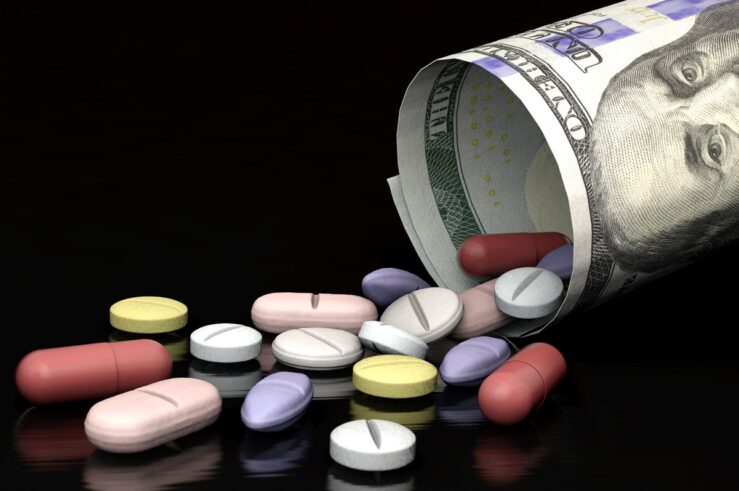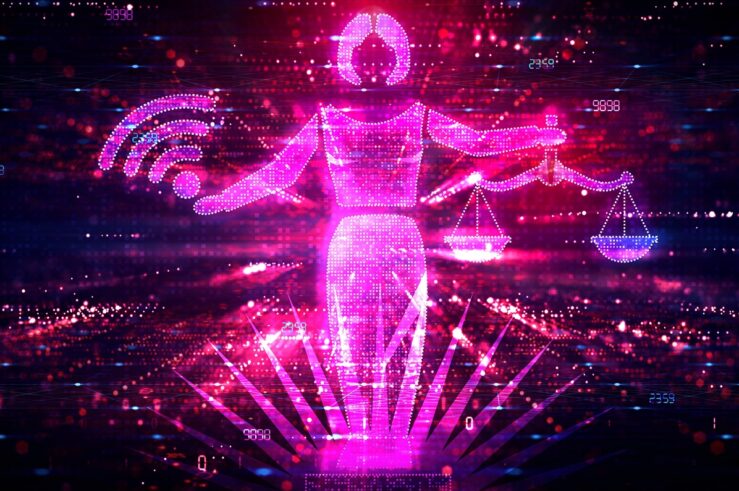Last week’s business news highlighted two tremendous subsidy programs. In one case, the company received no direct payment for product development. None of its suppliers received targeted subsidies to produce parts. But consumers were subsidized to encourage them to buy the product.
In the other case, the company received direct payments to underwrite the cost of product development, one of the company’s suppliers received an even larger subsidy to create critical components, and consumers were given subsidies to encourage them to buy the product.
One of those products is among the best selling products in the world. The other just halted production. The successful one was subsidized through private market transactions. The other was subsidized by the US government using taxpayer dollars.
If you haven’t guessed by now, I refer to the Apple iPhone and the Chevy Volt, respectively.
The irony of these twin tales is that they highlight the problems of subsidies in general, but particularly when the subsidy is used as a tool for the government to pick winners and losers in the market (i.e., industrial policy).
In the case of the iPhone, cellular phone companies subsidize the phone in the hope of being able to recoup those costs in the price of the service contracts that are bundled with the subsidized phones. Basically, the subsidy really amounts to nothing more than a marketing expense for the cell phone companies to expand their market share of (particularly data) service contracts. Cell phone carriers recognize that consumers value the features of the phone and are willing to take a loss on the phone to get the consumers locked into a service contract. The subsidy creates value all the way around, since the cellular companies would not offer the subsidy if they did not believe they could more than recoup the cost on the service contracts.
In the case of the Volt, the government had no concern for being able to break even. The motive was to unlevel the playing field by giving GM an (unfair?) advantage in developing an electric vehicle, whether compared to other electric vehicle manufacturers or to traditional combustion engines and recent hybrids. (Actually, according to the WSJ report, the Feds also subsidized Fisker Automotive’s Nina plug-in, which is also no longer in active production.) The problem is, consumers don’t want the product—even at the whoppingly-low, subsidized price of $40,000 per car. GM sold barely half of its originally target of 15,000 cars in 2011. The company has built up so much excess inventory that it shut down production and laid off 1,300 workers for a couple months, with the hope that consumers will eventually buy up the excess.
This doesn’t mean that private market “subsidies” are necessarily good either. As the WSJ reported, Apple is facing an uphill battle. As the market for contract cell service begins to get saturated, Apple finds itself unable to effectively compete in the non-contract market because it doesn’t have affordably-priced phones for that segment and cellular companies cannot (or simply will not) subsidize the iPhone if they can’t recoup the cost. Some investment fund managers have even grown leery of Apple because they see a rough road ahead as Apple tries to expand into LDC’s where non-contract phone plans dominate and consumers cannot afford the pricy iPhone.
As the WSJ headline indicates, subsidies provide a crutch for producers. In every case, over-reliance on the crutch will inhibit long-term growth and economic viability. The difference between privately-provided crutches and government-provided crutches is that the private sector market has a much stronger incentive to make sure the patient has a realistically good prognosis to begin with, rather than Washington’s knack for picking losers.




